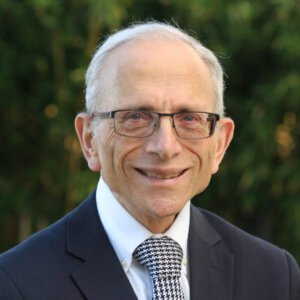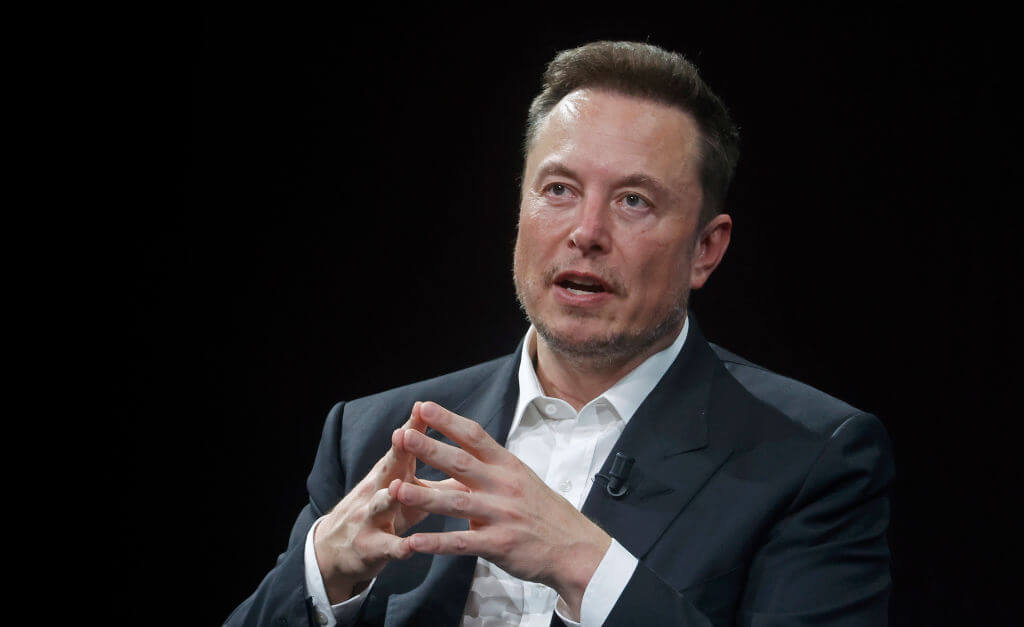How Hanukkah Came to the White House

Candle-Lighter in Chief: President Bill Clinton brought menorah-lighting into the Oval Office, as he did at left in 1996, while President George W. Bush, pictured at right in 2001, was the first president to host official White House Hanukkah parties. Image by GETTY IMAGES
The news that President Obama is cutting the guest list for the annual White House Hanukkah party from 800 to 400 lit up cyberspace over the past couple weeks. “More Proof Obama Hates Jews,” read one dispatch that crossed my desk. Other responses were equally hostile. Overlooked in the frenzy over whether the president was prudently cutting costs or (as one blogger vigorously insisted) purposefully “dissing Jews” was a fascinating question: How did the president of the United States come to hold an official White House Hanukkah party in the first place?
For most of the 20th century, the only December holiday that gained White House recognition was Christmas. Calvin Coolidge inaugurated the practice of lighting an official White House Christmas tree in 1923, and he also delivered the first formal presidential Christmas message. He assumed, as most Americans of his day did, that everybody celebrated Christmas. In 1927, he proclaimed that “Christmas is not a time or a season, but a state of mind.” If we focus on its message, Coolidge explained, “there will be born in us a Savior and over us will shine a star sending its gleam of hope to the world.” Silent Cal, so far as I can determine, uttered not one word about Hanukkah.
Franklin Delano Roosevelt, whom the American Jewish community adulated, proved no more sensitive when it came to Hanukkah. He sent evocative Christmas cards to Rabbi Stephen S. Wise and other friends in the Jewish community, and declared that Christmas was a national holiday “because the teachings of Christ are fundamental to our lives.” His successor, Harry Truman, another favorite of the Jewish community, echoed Roosevelt in his Christmas message to the nation. He called upon Americans to “put our trust in the unerring Star which guided the Wise Men to the Manger of Bethlehem.”
Perhaps the most astonishing of all White House Christmas messages was delivered by a man who should have known all about Hanukkah since he was born just blocks away from a large synagogue in Brookline, Mass., and had many Jewish friends and supporters. Yet John F. Kennedy egregiously declared in 1962 that “Moslems, Hindus, Buddhists, as well as Christians, pause from their labors on the 25th day of December to celebrate the birthday of the Prince of Peace.” He believed (or, at least, his speechwriter believed) that “there could be no more striking proof that Christmas is truly the universal holiday of all men.”
The first president who took official notice of Hanukkah was one of the Jewish community’s least-favorite occupants of the White House, Jimmy Carter. In 1979, he ended 100 days of self-imposed seclusion over the Iran hostage crisis by walking to Lafayette Park, lighting the new “National Menorah” erected there by Chabad-Lubavitch, and delivering brief remarks. Sensitized to the fact that Jews celebrate their own holiday in December, he carefully directed his next annual Christmas message only “to those of our fellow citizens who join us in the joyous celebration of Christmas.” Every president since has recognized Hanukkah with a special menorah-lighting ceremony, and limited his Christmas messages to those who actually observe the holiday.
Hanukkah came to the White House itself, in 1989, when President George H.W. Bush displayed a menorah there, given to him by the Synagogue Council of America. But the first president to actually light a menorah in the White House was Bill Clinton. In 1993, he invited a dozen schoolchildren to the Oval Office for a small ceremony. The event made headlines when 6-year-old Ilana Kattan’s ponytail dipped into the flame. Clinton ran his hands through her hair to snuff out the smoke.
Menorah lightings grew in importance during the Clinton years. Memorably, in 1998, Clinton joined Israel’s president, Ezer Weizman, in lighting a candle on the first night of Hanukkah in Jerusalem. But no White House Hanukkah parties ever took place under Clinton. Instead, he included Jewish leaders in a large annual “holiday party.” Jews mingled with Christians at those parties, but those who kept kosher did not find much to eat.
The first president to host an official White House Hanukkah party, and the first to actually light a menorah in the White House residence, was George W. Bush, beginning in both cases in 2001. Since Bush made a point of injecting religion, complete with baby Jesus, into his many annual Christmas parties — 25 of them in 2005 alone — a separate Hanukkah party for Jews showed sensitivity. The annual Hanukkah party also underscored Bush’s deepening bonds with Orthodox Jews, the Jewish religious stream most sympathetic to his “faith-based” agenda. Hasidic leaders in distinctive garb regularly appeared at these parties, and beginning in 2005 (after an embarrassment in 2004 when kosher and non-kosher foods were mixed up), the parties became completely kosher.
Barack Obama is thus only the second president in history ever to hold a White House Hanukkah party. The fact that he is limiting his guest list to the 400 Jews who are nearest and dearest to him is surely less noteworthy than how much America has changed since Calvin Coolidge lit up the first White House Christmas tree and paid no attention to Hanukkah at all.
Jonathan D. Sarna is the Joseph H. & Belle R. Braun Professor of American Jewish History at Brandeis University and the author of “American Judaism: A History” (Yale University Press, 2004). He is serving this year as senior scholar at the Mandel Leadership Institute in Jerusalem.
A message from our Publisher & CEO Rachel Fishman Feddersen

I hope you appreciated this article. Before you go, I’d like to ask you to please support the Forward’s award-winning, nonprofit journalism so that we can be prepared for whatever news 2025 brings.
At a time when other newsrooms are closing or cutting back, the Forward has removed its paywall and invested additional resources to report on the ground from Israel and around the U.S. on the impact of the war, rising antisemitism and polarized discourse.
Readers like you make it all possible. Support our work by becoming a Forward Member and connect with our journalism and your community.
— Rachel Fishman Feddersen, Publisher and CEO





























